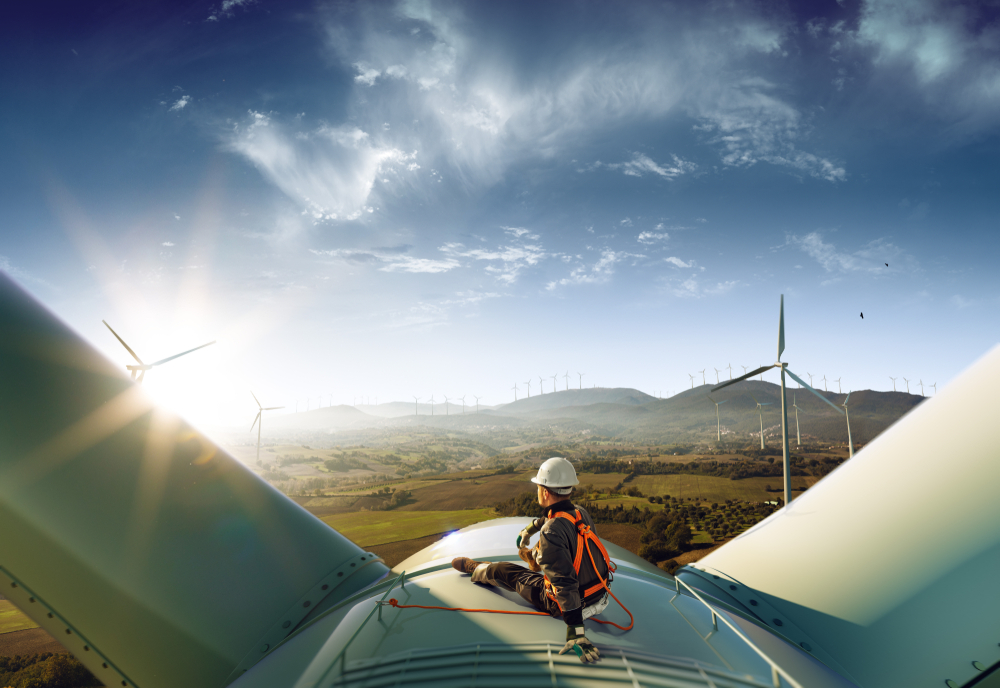One of the major downfalls of harnessing wind energy is that large-scale wind farms require lots of space, away from urban areas, and wind turbines with bulky poles and huge spinning blades that aren’t just considered an eyesore but are hazardous for birds.
Well, what if we could harvest wind power within an urban landscape, without it becoming a cumbersome obstacle (for birds and other city dwellers) or an unattractive addition to the skyline? Thanks to American designer Joe Doucet, the mind behind the zero-emissions Her0 Zero concept aircraft, elegant wind turbine walls could be the future of aesthetic, city-based wind energy generation.
Wind turbine wall
Doucet has created a wind turbine wall that looks more like a piece of art than a turbine. The wall is comprised of a grid of square panes that spin simultaneously along 25 axes, however, the format of the wall is designed to be flexible so that variations of it can be erected anywhere that has a decent span, like on the side of a highway or around the perimeter of a building. The wall can be scaled to cover entire buildings, but it would have to be designed with the right weight ratio. To make the structure lighter, Doucet’s idea is to make the framework out of aluminum, which will then be sheathed by any lightweight material.
Many wind farms are erected in the ocean along coastlines because those areas get the most wind and the wind isn’t blocked by buildings, however, that doesn’t mean urban areas don’t get their fair share of high winds. Boston, for example, experienced extremely strong winds in 2016, which could have generated a lot of power if there was a way to harness it. That’s what makes the wind wall design so compelling—it has the potential to allow cities to take advantage of the high winds they do experience.
Harnessing man-made wind
According to Doucet, one of his wind walls would generate enough energy to provide the annual electricity consumption of an average American home (a bit over 10,000 kilowatt-hours per year). But what truly interests him is its potential to be placed strategically in urban settings to harness the power of the man-made wind. “Instead of the typical retaining walls along roads and freeways, you’d have an array of these,” he says. “With the added wind boost from trucks, our highways could take care of all our energy needs.”
See more of this visualisation at joedoucet.com.












